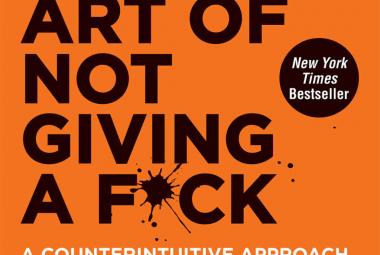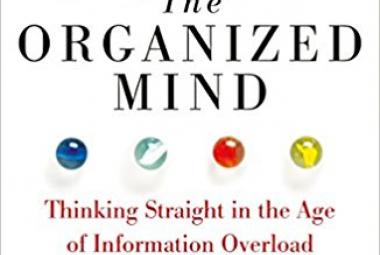Burn-outs are a very interesting phenomena. They occur mainly in western societies, and among younger generations.
In this article I would like to set out the symptoms of a Burn-out and what causes burn-outs. The next two articles of the series will describe how they can be prevented on both a personal and a corporate level. Most strategies discussed in these series are poposed based on the many management and personal growth books I have read over the years, and therefore do not include all possible intervention strategies.
The first question that needs to be answered is: WHAT IS A BURN-OUT? There are many definitions, but the one that appeals to me the most is a definition from Maslach & Jackson who, in 1981, described the burn-out using three clusters of symptoms:
The first one is exhaustion. A person with a burn-out usually experiences exhaustion, both physically and emotionally. Physical exhaustion includes signs such as chronic fatigue, insomnia and forgetfulness. Emotional exhaustion includes signs of anxiety, depression and anger, which eat the person’s energy.
The second category of symptoms is cynicism & detachment. A person with a burn-out is more pessimistic, which is a glass-half-empty attitude in its best form, but can move beyond how you feel about yourself internally, into trust issues with co-workers or family members. At its worst, you could believe that you cannot count on anyone anymore, which in turn can escalate into situations in which a simple question can make a person with a burn-out angry. That in turn might make him want to avoid personal contact with others all together, leading to social isolation.
Finally, we have the cluster called ineffectiveness & lack of accomplishments. Despite the many hours that the person spends on a task, when he or she is burned out, productivity will be less than before, increasing the trend of the person feeling hopeless and irritated, which further reduces the productivity in a vicious cycle.
Now that we have covered a definition of Burn-out, we can look at THE CAUSES OF A BURN-OUT. Psychology Today Magazine offers a list of six factors, all subjective, that can lead to a person getting burned-out.
Not feeling in control on how a task is being carried out. If you have the autonomy to do the best you can as you see fit, you tend to feel more in control about the situation, a player, instead of feeling a victim when you have little influence in how you do your job. The higher the demands of your job, the more important task autonomy is.
Not resonating with the goals or values of your task. If you don’t agree with the direction of your manager or management, it costs more energy to execute the task. Of course, we are talking about the values that are lived in the organization, not the ones that are written in the mission statement. The more we relate to those goals and values, the easier it is for us to perform the complex task.
Breakdown of Community, which is related to what we in our organization call “having a best friend at work”. We all need a person we can discuss important issues with, to resonate, reflect, or simply to blow off steam. The less you feel like you belong to a group, the sooner you will experience stress.
Insufficient rewards, the feeling that you are not being rewarded according to your effort. The more undercompensated you feel, the sooner you experience that the workload is too much.
Work overload, whenever the work that is required is either too complex, too much or too urgent for that person to handle at the moment. Needless to say, a combination of these factors is also possible.
Our final cause is Unfairness. Feeling that you or others are being treated unfairly, can bring you stress. Openness is the number one factor to consider here. “Nothing shuts down morale more than whispering behind closed doors”.
Since all these factors are subjective, it is difficult to find a solution that works for everyone, which is why leading a team is such a challenging task. For each of the six causes described above, one could say there are TWO TYPES OF PREVENTATIVE MEASURES.
The first type of intervention is on personal level. In this case, the person has to work on him or herself, to reduce the magnitude of the negative experience of the situation.
The second type of intervention is on team or organizational level. In this case we work at the real root cause of the problem, and look at the processes at the organisation which triggered the negative experience in the first place.
There is enough evidence to suggest that intervention on team level has a higher impact on preventing burn-outs than intervention only on personal level (Schabraqc, et al. 2005).
In the next two articels, we will zoom in on both these intervention levels, starting with the interventions on a personal level:
Continue to:
Prevent a Burn out (2/3): Interventions on a Personal Level
REFERENCES:
Schabracq, M.J., Winnubst, J.A.M., Cooper, C.L., 2005, The Handbook of Work and Health Psychology. New York: John Wiley & Sons, Ltd















